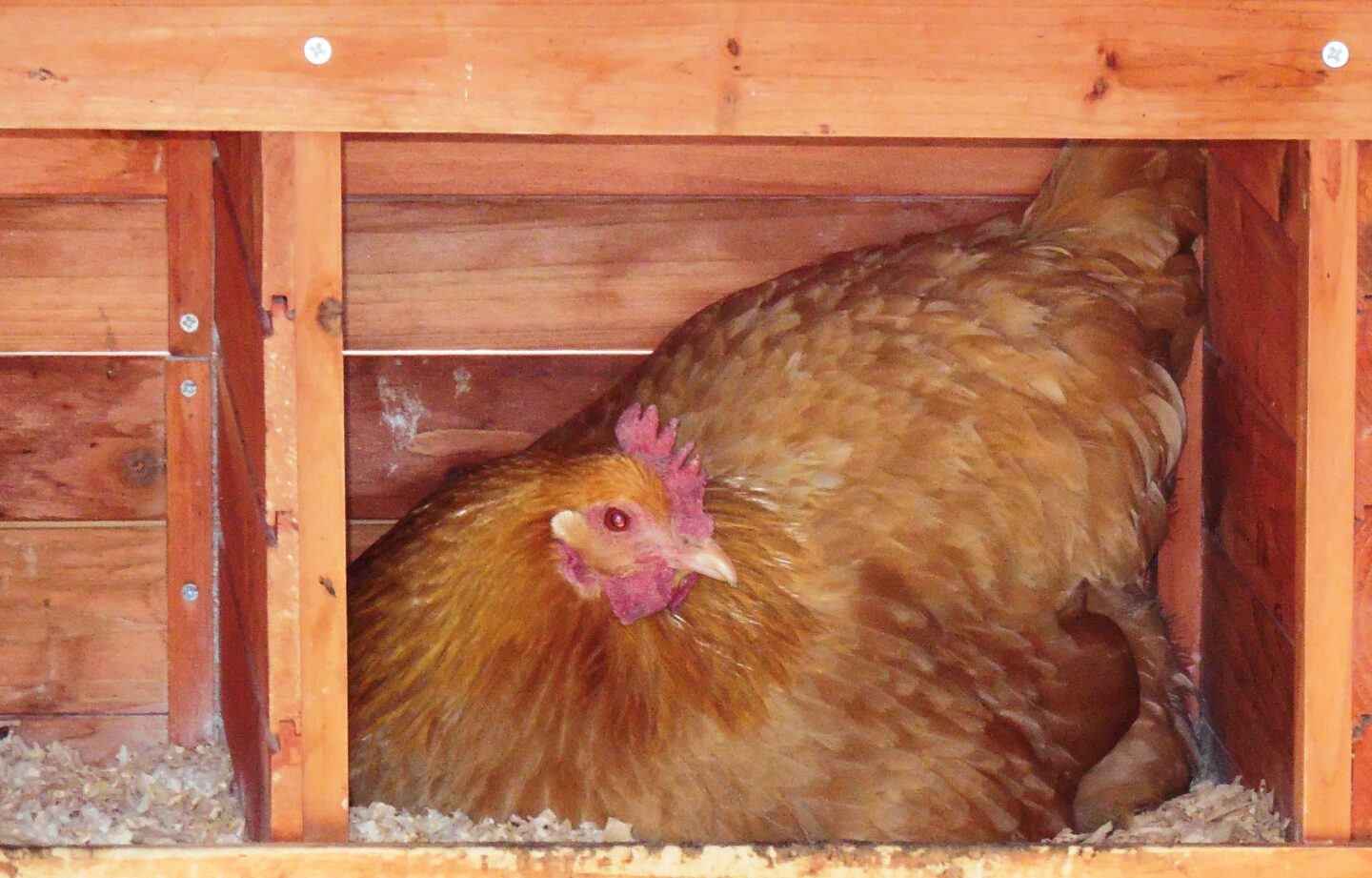Egg Binding – Symptoms, Prevention and Treatment

Chickens are one of the only pets who can also make you breakfast – about once a day they provide you with a nutritious egg that can help feed yourself and your family. But when a normally healthy hen starts to have problems laying, it can be distressing on many levels. There is an important distinction between an absence of eggs and a sick hen. Eggs may not be found for many reasons, including:
- Hidden Nest
- Unknown Pest
- Egg Eating
- Health Issue
It’s the health issues that we are concerned with for this article. One of the most troubling laying issues is a hen that is egg bound.
Causes of Egg Binding
A hen that is egg bound has an egg that has become stuck in the oviduct and cannot pass out of the body. Egg binding is a potentially fatal condition, and hens who do not pass the egg within about 24 hours will usually perish. Eggs can become stuck for a variety of reasons, including
- lack of calcium in the diet (helps with muscle quality)
- poor body condition (overweight)
- issues with the egg itself (excessively large)
- Underdeveloped reproductive tract
Symptoms of Egg Binding
If your hen is egg bound, she will most likely exhibit symptoms to tell you there is an issue. These symptoms can include:
- Lethargy
- Straining
- Uncharacteristic sitting/squatting
- Tail pumping up and down
- Loss of appetite
- Change in normal behavior
How to Help Your Hen
If you suspect a hen is egg bound, the best course of action is to contact your avian veterinarian.
In absence of a veterinarian’s help, you can try to assist the hen yourself. It is important if you are attempting treatment yourself that you are careful to not break the egg inside the hen, as this almost always leads to infection and further issues. Separate her from the rest of the flock. Gently palpate the vent area to see if you can feel the offending egg. Use moist heat to try to help relax the vent and allow the egg to pass. Sitting the hen in a warm bath that covers the vent area is a good way to do this. Applying a lubricant to the vent area may also help the hen pass the egg. Keep the hen in a separate, dark area.
To try and prevent episodes of egg binding in the future:
- Use a commercial layer feed as the main part of the diet, supplementing treats at no more than 10 – 15% of the total ration
- Offer a free choice calcium supplement (like oyster shell) at all times
- Do not put pullets under lights to encourage early onset of the lay cycle
